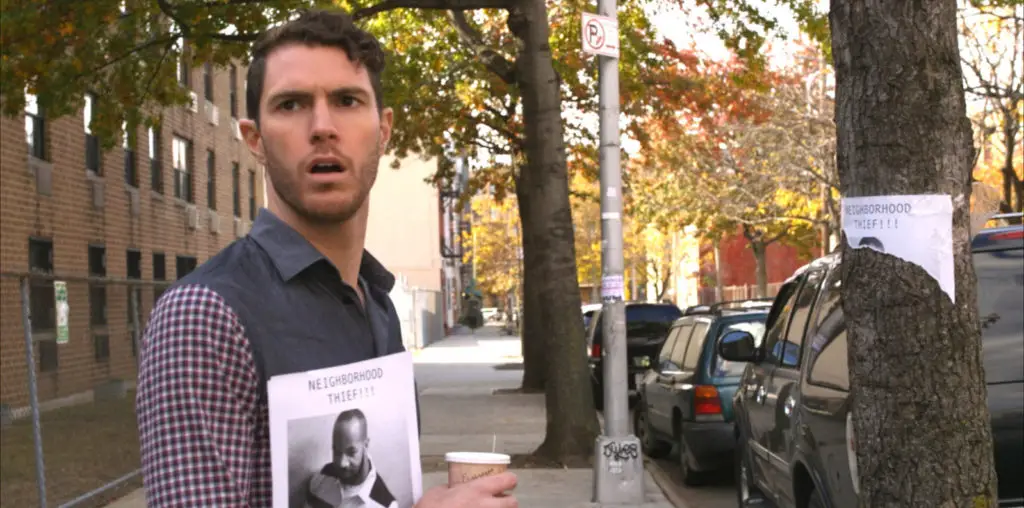
If you want to know where to find the truly dedicated filmmakers, you have to see documentaries. It’s there you can find true commitment, from the likes of filmmakers like Marc Singer.
Singer had heard of a subset of New York City’s homeless population. They made homes for themselves in a place no one would go, in the pitch black train tunnels under Manhattan beyond Penn Station. From the scraps of the city above and by tapping into electrical sources, many built enclosed homes with separate sleeping and living areas and kitchens complete with refrigerators and electric stoves. Living in the tunnels for years, some had all the amenities of the surface world, except for the hope.
Venturing into the tunnels, Singer had discovered an amazing world with a diverse set of personalities, but how could he capture it? How could he gain the trust of the people? Simple. He just moved into the tunnels for two years and used the residents for his crew. The results are amazing.
While we meet a number of people, three people most hold the filmmaker’s interest. Hispanic and in his mid-40’s, Ralph has been living in the tunnels for three years. With probably the second most elaborate home, he wants a better life and has stayed off crack that cost him his family and friends. Dee, a black woman in her 50’s, struggles for her dignity and against her crack habit. Tommy ran away from an abusive home in South Carolina and proudly shows off his elaborate two-story palace, the best in the tunnels.
Amidst the darkness and the squalor, the people we meet do their best to not only maintain their homes but their humor. At times, the documentary comes off as a sort of crazed “Crack-head Channel”. Ralph and Dee become a sort of “crack-head odd couple” when bickering about Dee’s cup that Ralph tossed after she went to bed without cleaning it. One resident practically puts on a cooking show, while another gives a priceless monologue on his favorite gerbils (with a smiling, silent Charles Manson clone sitting next to him). Lest we get too at ease, there is a long scene of Dee smoking crack where she hits the pipe again and again and again. We also get scenes where the residents describe the events that literally sent them to the depths of despair.
All of this might have been rather academic without a third act, something that can prove most elusive to any documentary. In this case, it came by way of the rail company that decided to abruptly clean out the tunnels. Events take some surprising turns as homeless rights activists get involved and look for a solution that can give both tunnels’ dwellers and its owners what they want. The residents just want what Singer has been search for is his film: a sense of hope.
This film played at the SXSW Film Festival.
